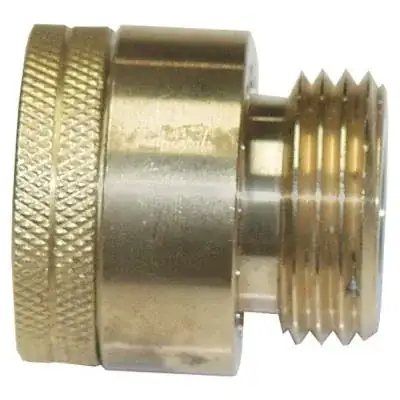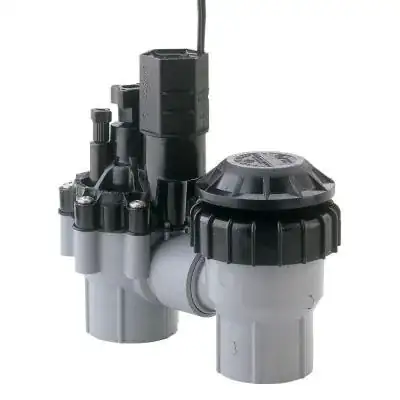Not knowing any better, I bought an Orbit watering timer, connected one side to the frost-free spigot and the other to a soaker irrigation hose. The spigot side of the timer was always turned on, and the timer turns the hose on for half an hour each day. After a couple weeks the anti-siphon valve failed spectacularly. It turns out that the anti-siphon valve is not intended to be under pressure for more than 12 hours or so. It will either leak; or it will stick open permanently, no longer performing its anti-siphon function. Is there any way to properly install this watering timer short of installing a new spigot without the anti-siphon? I went to the Big Box store and they didn't have any advice. They agreed you weren't supposed to attach a constant-pressure timer like this after a anti-siphon device, but said everyone does it. And if I wanted a sillcock without an anti-siphon device I'd have to order it online.
I have two "zones" set up which are actually two hoses attached to a dual timer. One is for arbor vitae and huckleberry bushes which I water one hour every four days because they have bigger, deeper root balls. The other is for the vegetable-and-strawberry garden which I had watered for 20 minutes every evening around dusk. I am no plantologist but the veggies are doing better this year than they were last year.

